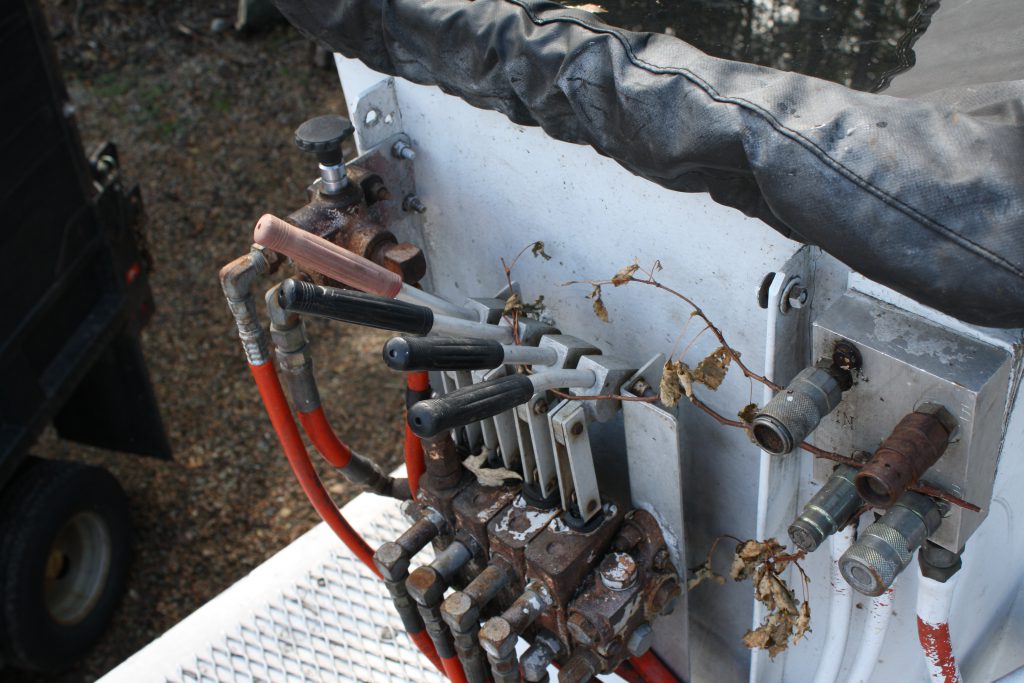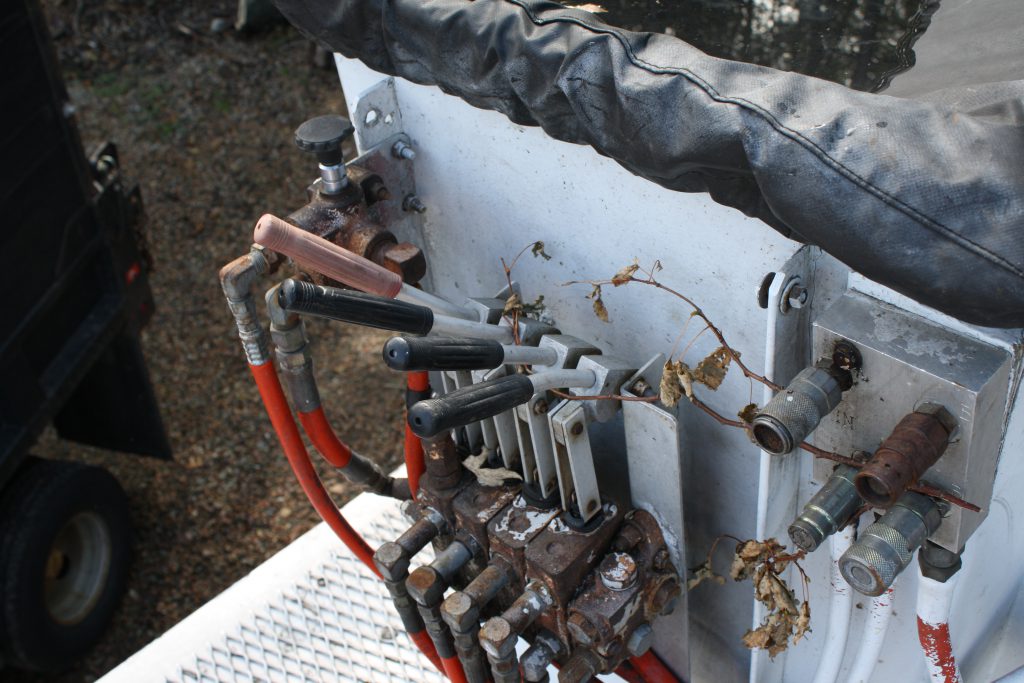
A contractor’s bucket truck is missing a piece of safety equipment – a fiberglass guard that keeps debris away from the hand controls in the bucket. Nevertheless, the contractor lends the bucket truck to a tree-cutting company.
A lifetime arborist has a working interview with the tree cutting company, which requires him to use the bucket truck to prune trees. After a sixty-mile drive to the worksite, he points out the missing control guard. The worker is given an ultimatum: go up in the bucket truck or go home. Hoping to secure a full-time job so he can support his family, he grabs his chainsaw and gets in the bucket truck.
While pruning a tree, a branch falls from a neighboring tree and lands on the controls. The bucket immediately starts to move and takes a path towards the tree he is working on. With his chainsaw in his right hand, the worker fights with his left to free the branch and regain control of the bucket. The bucket easily snaps through a branch and careens toward the trunk of the tree, smashing the worker’s left wrist in the process. Over the coming months, the worker required surgery to repair his wrist. The worker attempted a return to his trade, but he was unable to safely operate a chainsaw. He soon came to realize he could no longer work up in the trees.
I filed a lawsuit on the worker’s behalf against the contractor. The contractor claimed the whereabouts of the bucket truck were unknown as it been sold about six months after the incident. The contractor also claimed to have no clue whether the control guard was missing or, for that matter, what a control guard even was. That said, the contractor blamed the tree-cutting company for using the bucket truck without the control guard in place. As for the worker, the contractor blamed him for the same reason. The contractor even went as far to say that the control guard would not have protected the worker anyway.
Suffice it to say, the contractor was shocked to see photographs our private investigator took of the “missing” bucket truck, which the contractor sold six months after the incident. Sure enough, the control guard was still missing. Even worse, imagine the contractor’s shock when we discovered a letter it and the tree-cutting company signed ten days before this incident. This letter acknowledged, in part, that the control guard was missing.
Undeterred, the contractor testified during the trial that it did not know the control guard was missing and that it never read the letter. As to the letter, the contractor claimed that it was actually written years after the incident and then back-dated. In the end, the jury saw the simple truth – the contractor knew its bucket truck was missing the control guard, but lent it out anyway to a company that lifts workers high in the air with chainsaws.
After years of persistent, dogged litigation, the jury delivered the highest verdict Bristol County has seen for a non-death case in years: $385,000 including $10,000 for the worker’s wife’s loss of consortium claim.
– Zachary M. Ballin, Esq.

